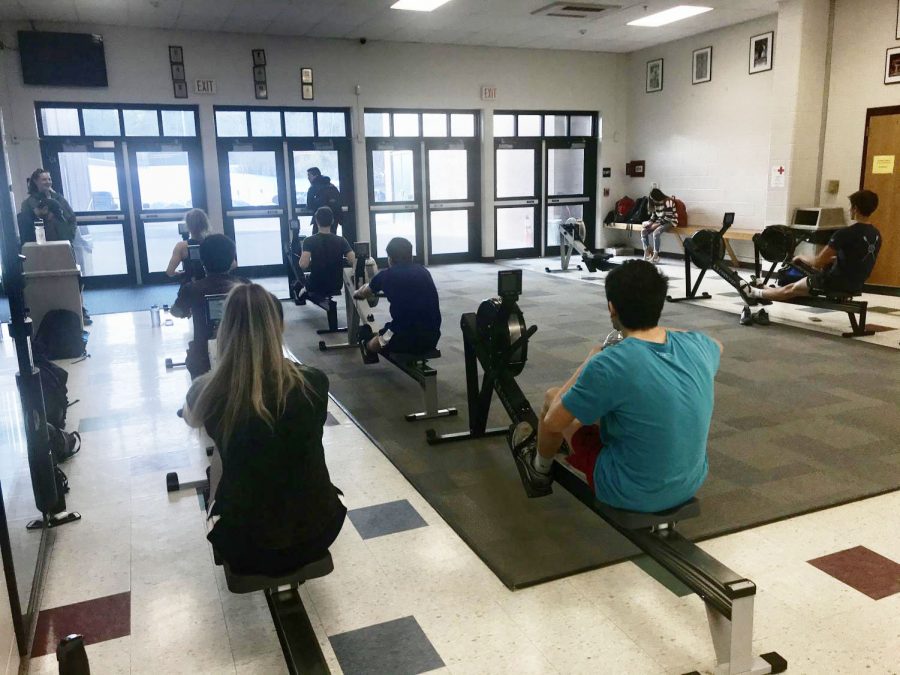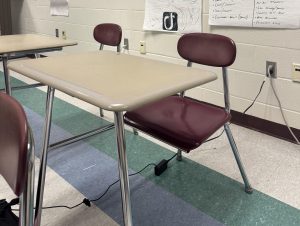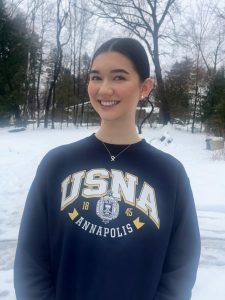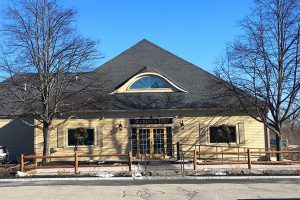To Erg or not to Erg: Winter training with the Cavaliers
The crew team keeps their physical fitness and rowing skills sharp on these rowing machines, called ‘ergs’. They’re a difficult machine to use, but very important for technical training and improving race times. “I actually really love erging. It’s fun when you’re in the right mindset. If you’re thinking the right things, you can really push yourself and get a good split,” said Hernandez ‘20.
January 13, 2020
All throughout the fall and spring seasons, the HBHS Cavaliers Crew Team works incredibly hard to prepare for races. But in between the seasons, they find themselves faced with the cold winter months that keep them off the water and trapped indoors. So what do they do to keep themselves in fighting condition? The answer: winter training.
Winter training consists of several weeks of intense exercise and practice beginning shortly after the fall season ends. This is in order to keep physical fitness high and technical rowing skills rising for a strong return to the water come spring. “[It’s] very intense, but it makes you better at rowing,” said Zoe Hernandez ‘20, a current varsity crew member.
For many of the novices, winter training is their first encounter with the rowing machines, called “ergs”, and it can be a tough transition to make. The rowing machines provide high-intensity rowing training, but they can be difficult to conquer and slightly repetitive. It takes a certain mindset to use them- it’s hard work, and the only way to undertake the challenge is to do so knowing that every stroke taken brings the athlete closer to faster times and stronger finishes. They have to commit from the beginning.
Plus, it’s important to focus on other aspects of fitness as well. As a solution, Coach Mark Lewis designs winter training to cover five major aspects of fitness: running, rowing, core fitness, general fitness, and weights. “The erg is [the most beneficial] because it’s the most like the rowing stroke,” said Lewis. “I actually think running is actually a good one [as well] because it gets people a different kind of fitness.”
The exercises also vary based on location and day. Mondays and Tuesdays are primarily rowing exercises in the lobby and weight lifting in the weight room, Wednesdays are easier work doing circuit exercises in the mini-gym, and Thursdays are relay days, where the team works in groups of two or three to complete a relay race meant to incorporate running, core fitness and rowing.
The relay is Lewis’ favorite exercise to run. “I tend to join in because usually, someone drops out, or there are odd numbers. They can also see that their coach, who’s a lot older than them… is still able to do it, and beat some of them, so it’s good to see that they can see that this fitness is for life,” said Lewis.
Lewis, along with assistant coach Maggie Harding, make changes to training every year as the returning athletes improve and new novices arrive. Years in which more novices join the team are usually heavier in technique training, whereas years that see mostly returning members tend to be more focused on improving physical fitness. This year, fifteen new novices joined the team, so a lot of the training thus far has been technique-based.
They also add some variety to the exercises; last year, Mondays included a yoga class with a local teacher, and this year they include an intense weight training session held off-campus.
There’s no question that winter training isn’t an easy mountain to climb, but according to the team’s current members, it’s well worth it. “It’s difficult. You have to push yourself a lot,” said Emma Lafleur ‘23, current freshman novice. But there’s a light at the end of the tunnel for her: “Just getting back on the water, that’s what I’m looking forward to. During the spring, the team feels like more of a team, because you’re all working together, whereas in the winter you’re just by yourself and competing with each other.”
Winter training is high-intensity, difficult, and exhausting, but the athletes find it entirely worth it to keep in shape for the races of the spring season. Skills learned in the weight room and on the ergs can easily be translated to the boat in the spring season.
To keep the fighting spirit alive before the spring season starts, the Cavaliers organize and host a competitive ergatta every February, where teams from other schools come to compete. There are even parent and teacher races, and the extremely popular principal races, which one year pitted the principals from HBHS and HBMS against each other. This year’s ergatta will be held in the HBHS gym on Saturday, Feb. 8. It’s an excellent opportunity to go out and challenge current and past members of the crew team, and there’s a race for everyone, no matter their fitness level or past experience of rowing.
The team hopes to see as many people as possible participate, since proceeds from the ergatta go towards the team’s springtime endeavors, including race fees and new equipment. It’s a fun experience and a good way to try something new, challenge your friends, and support the team!














